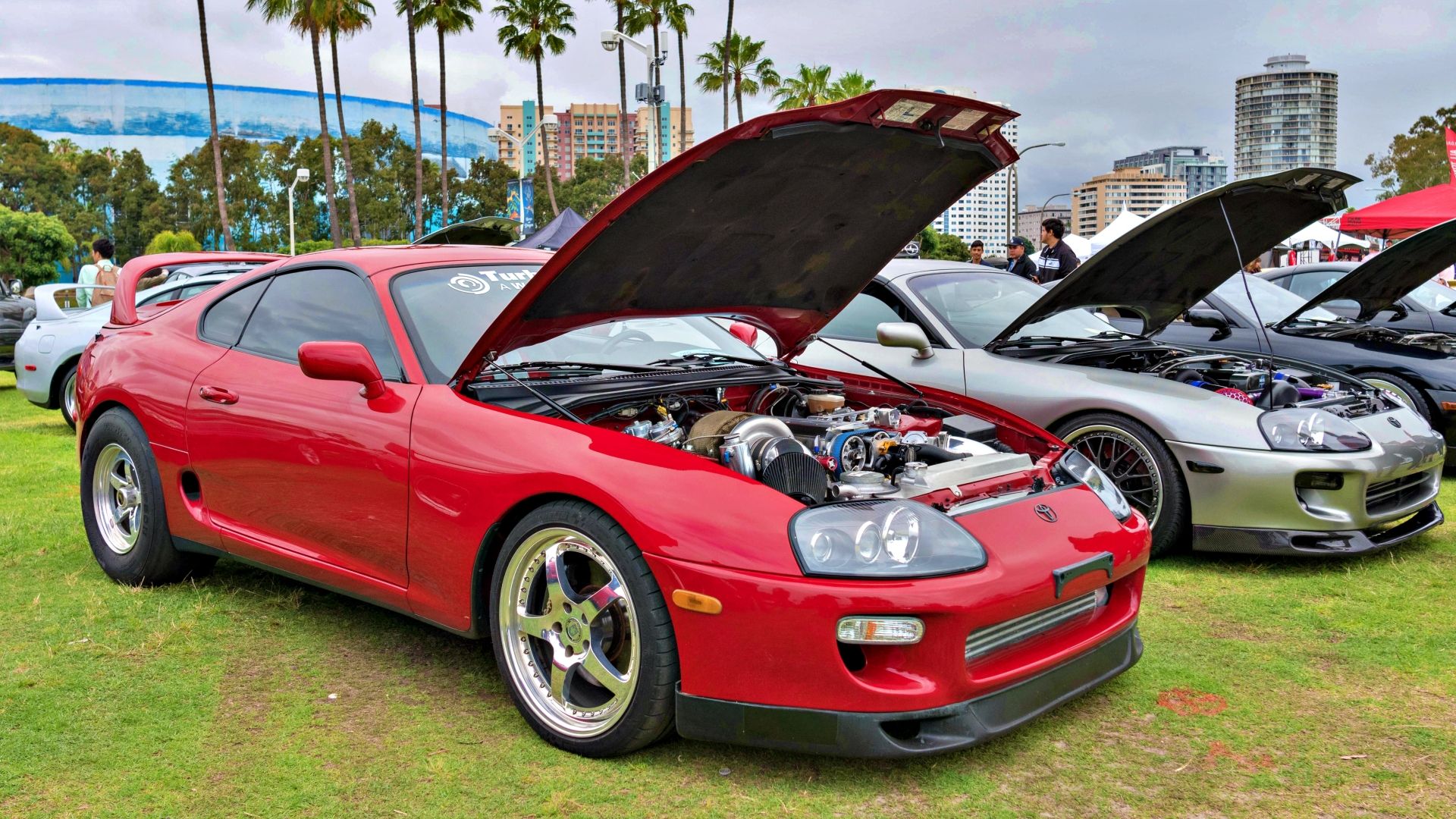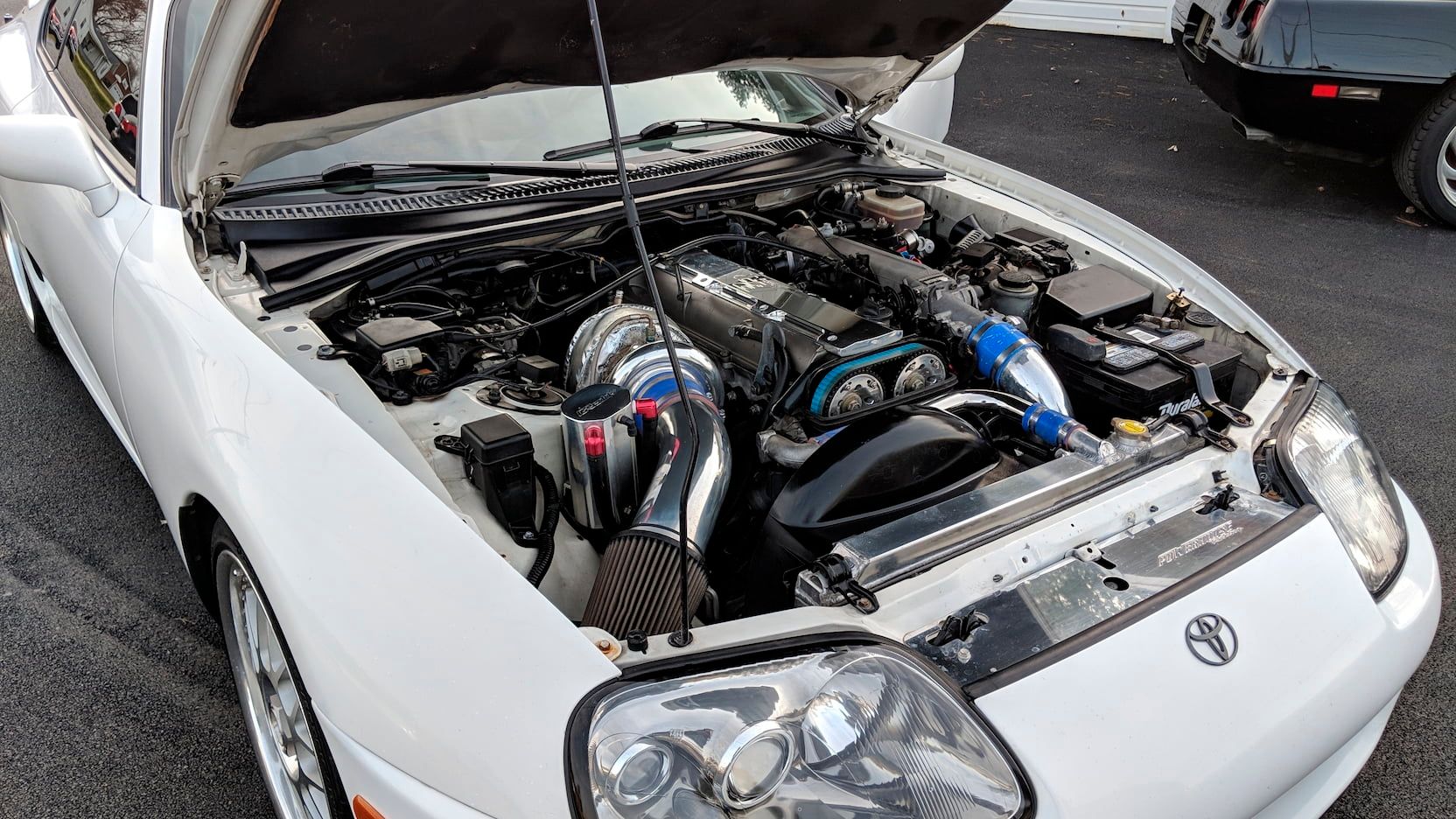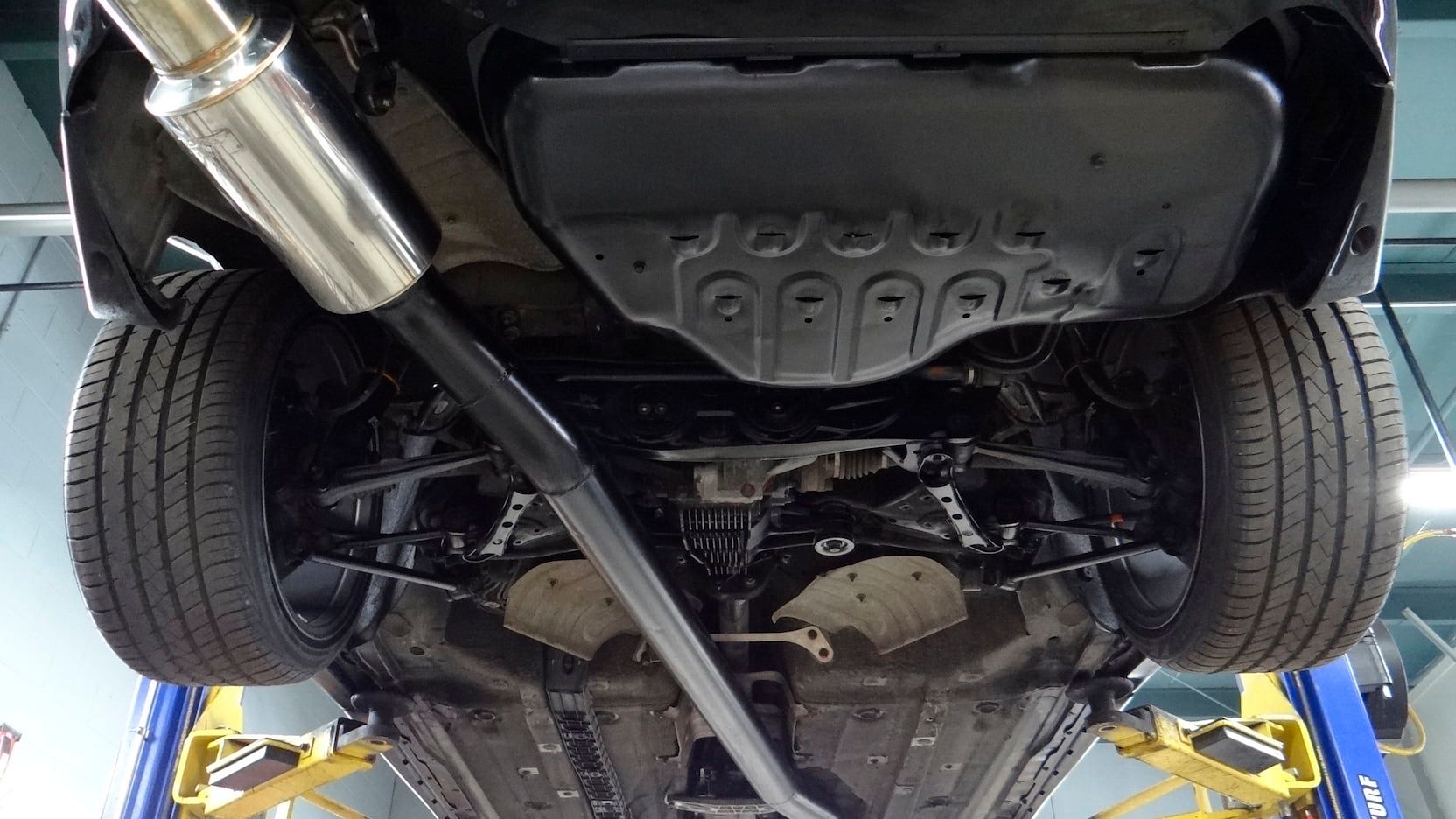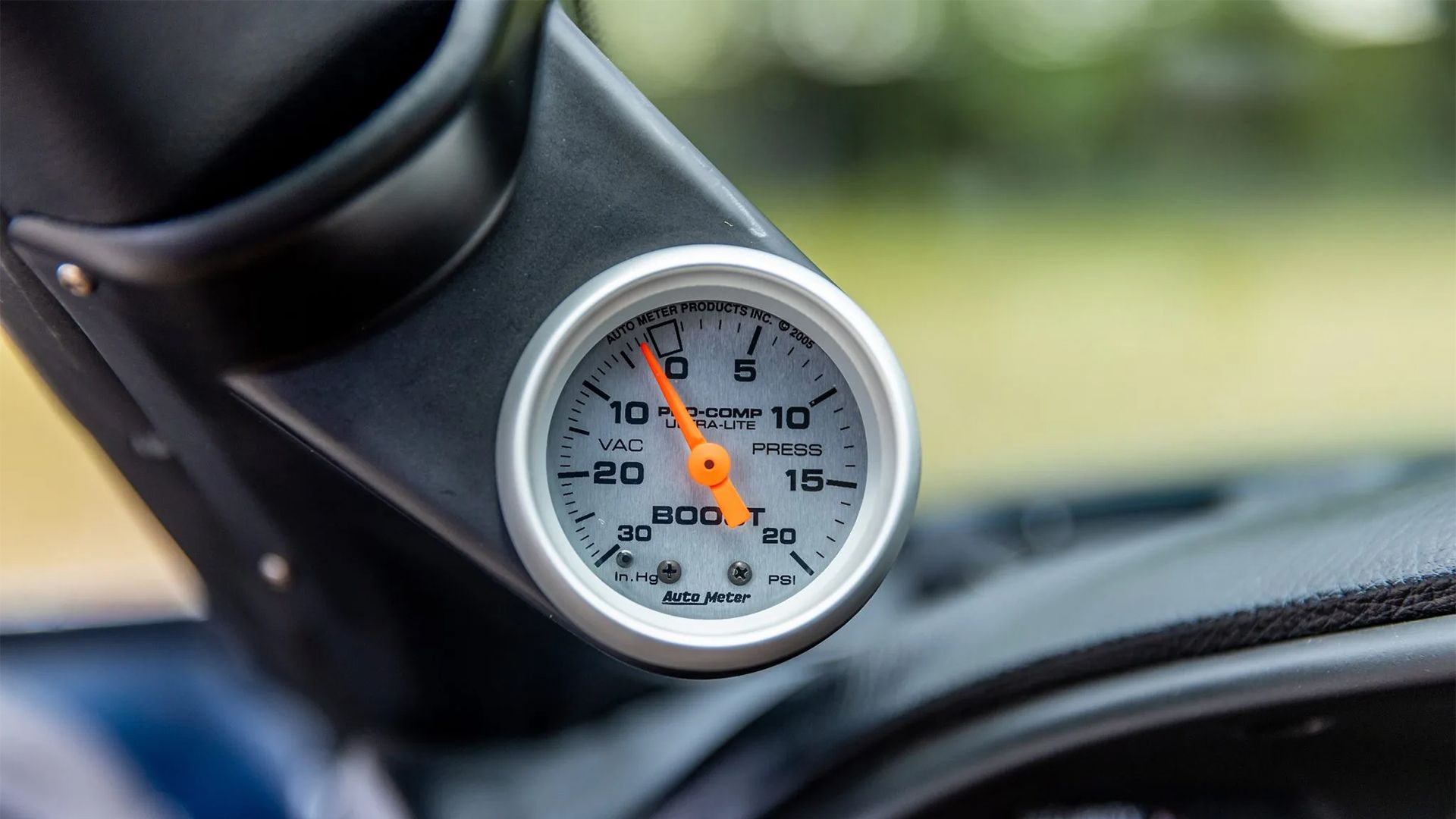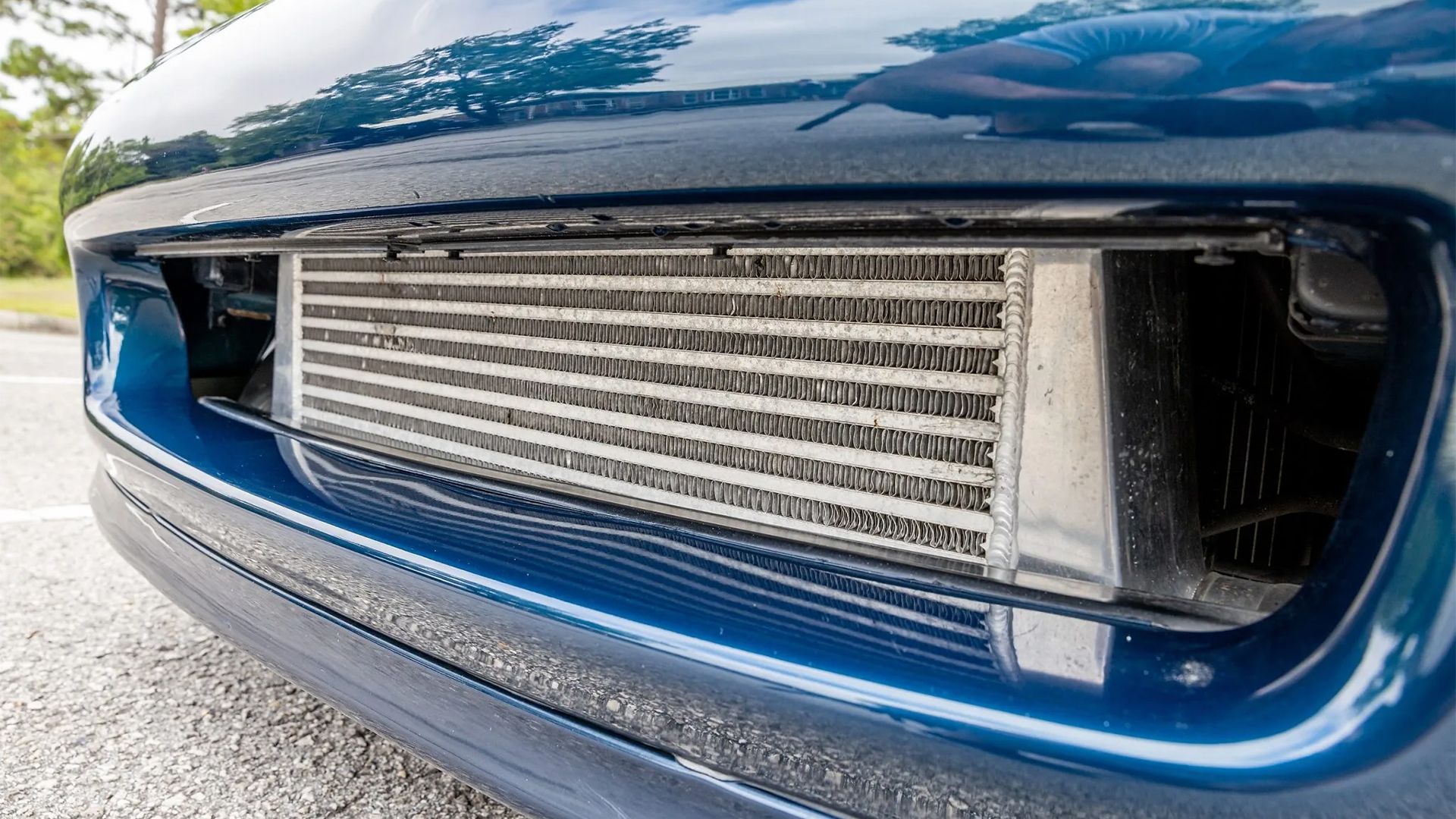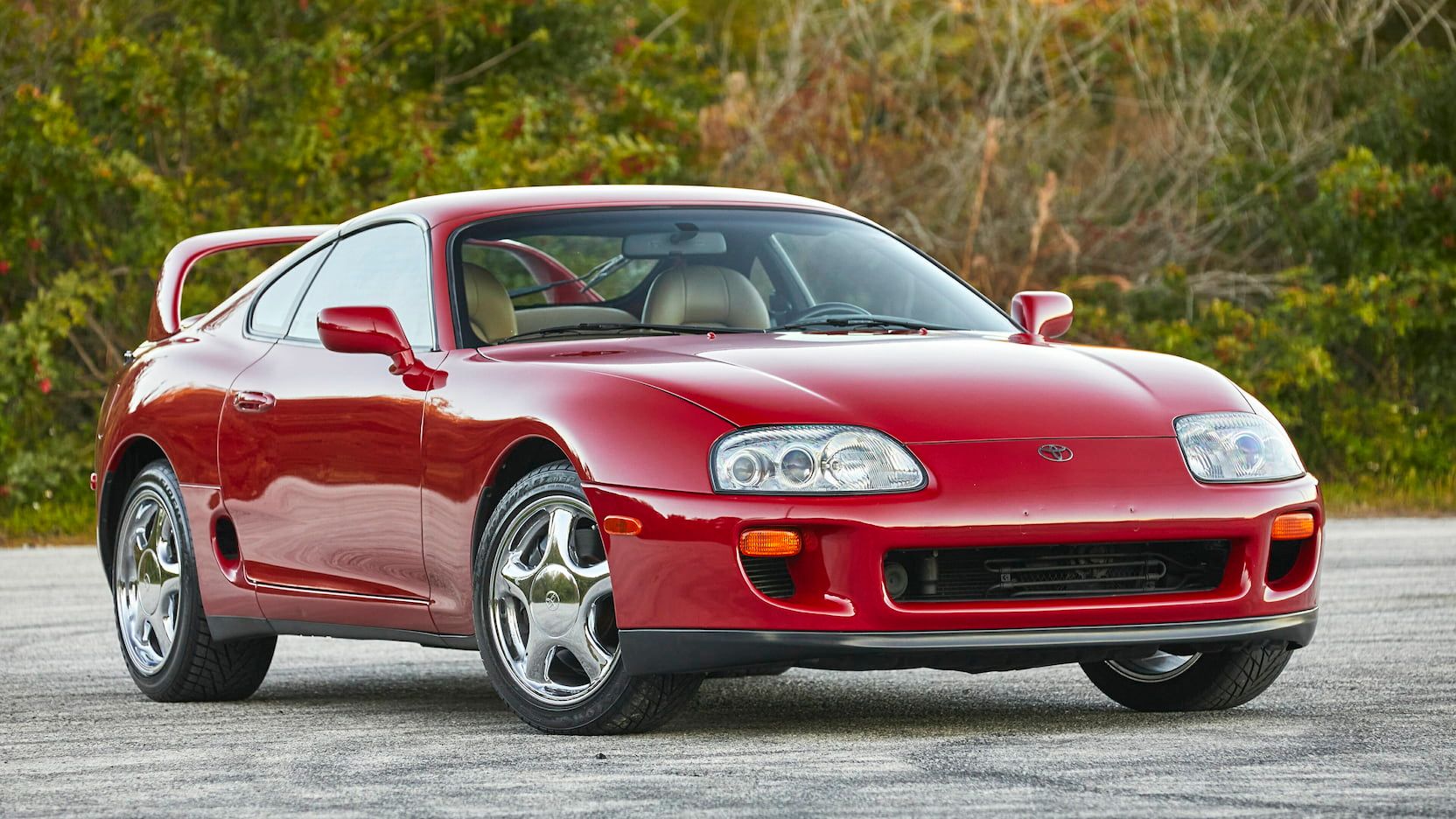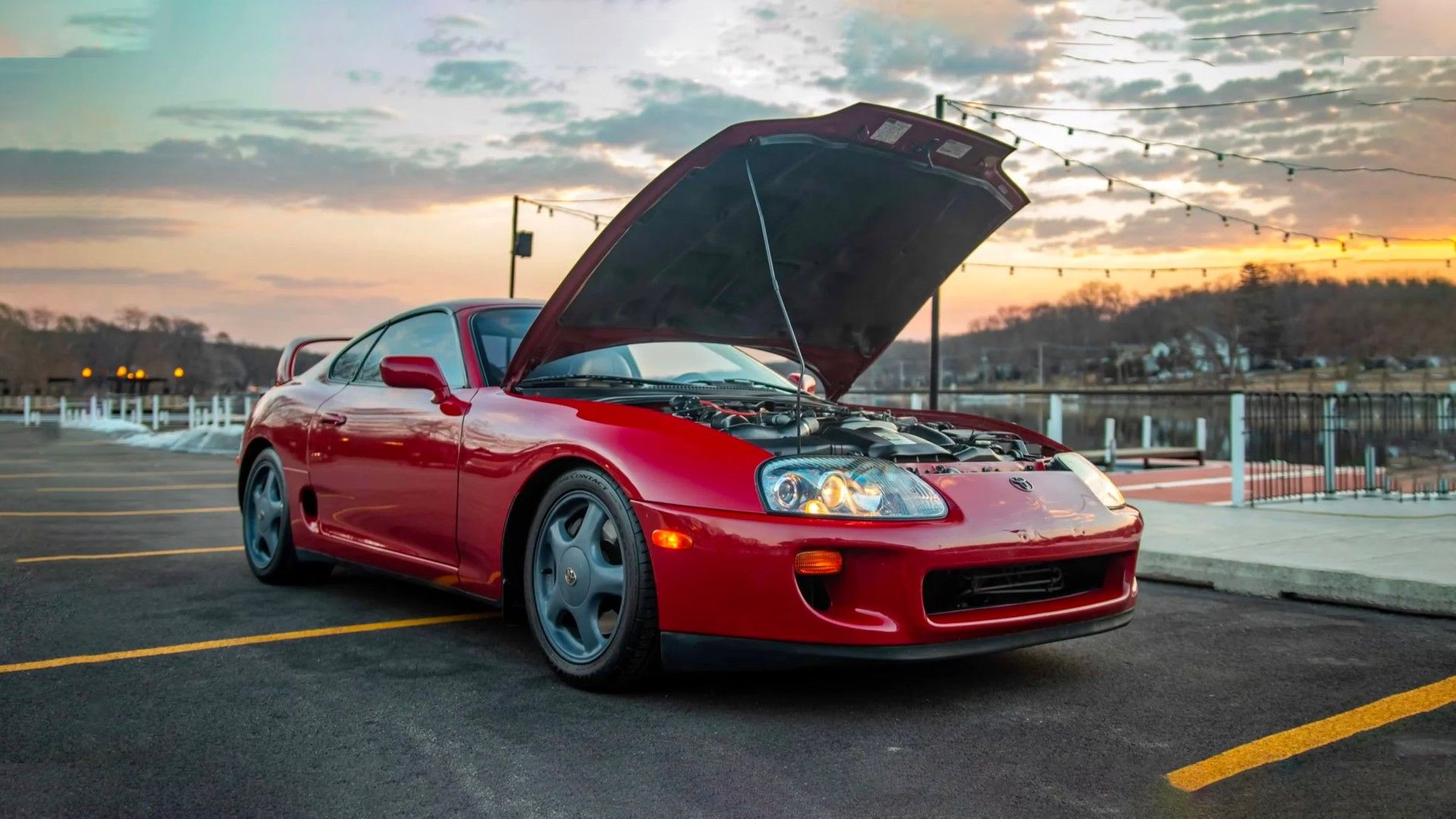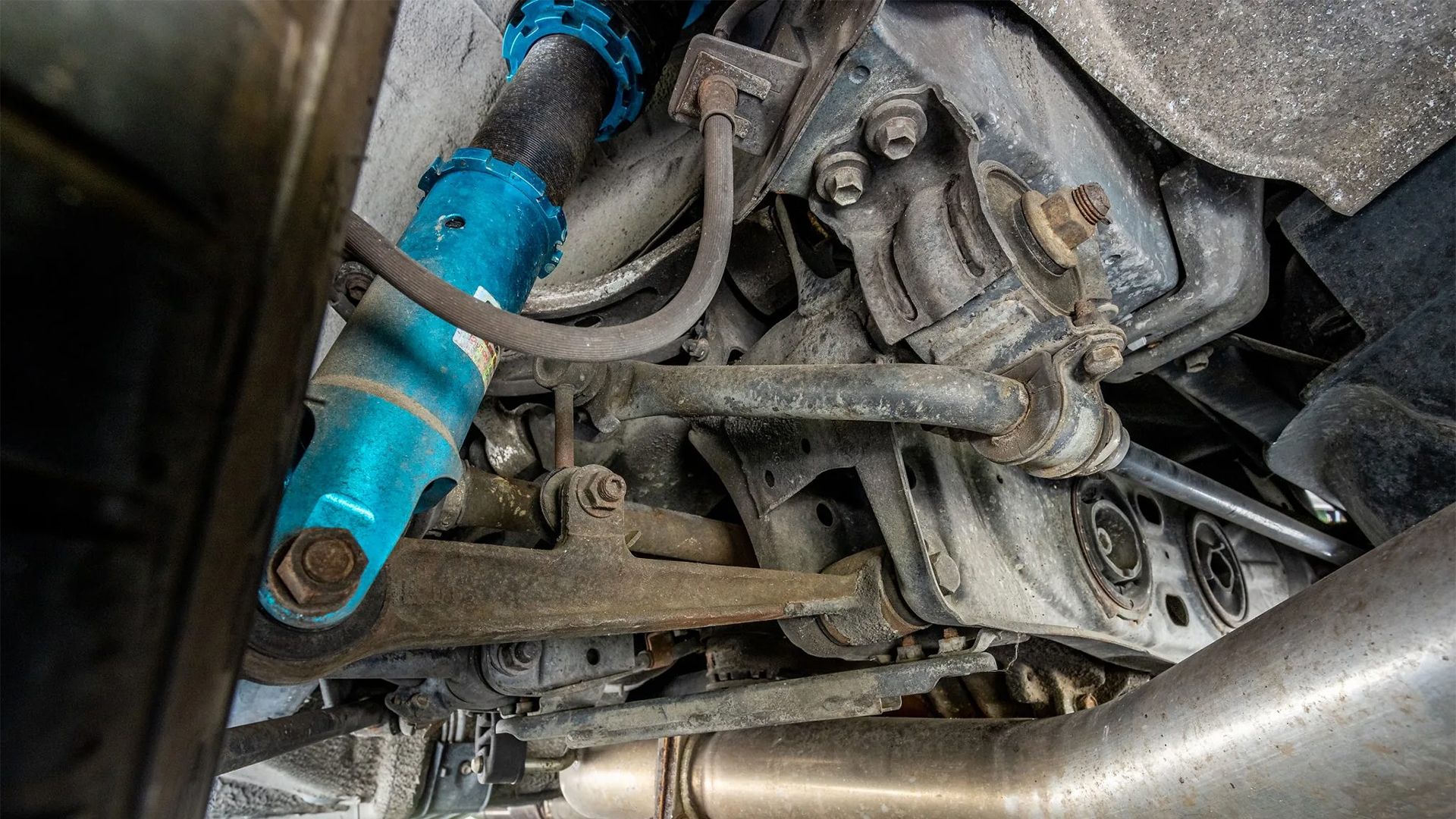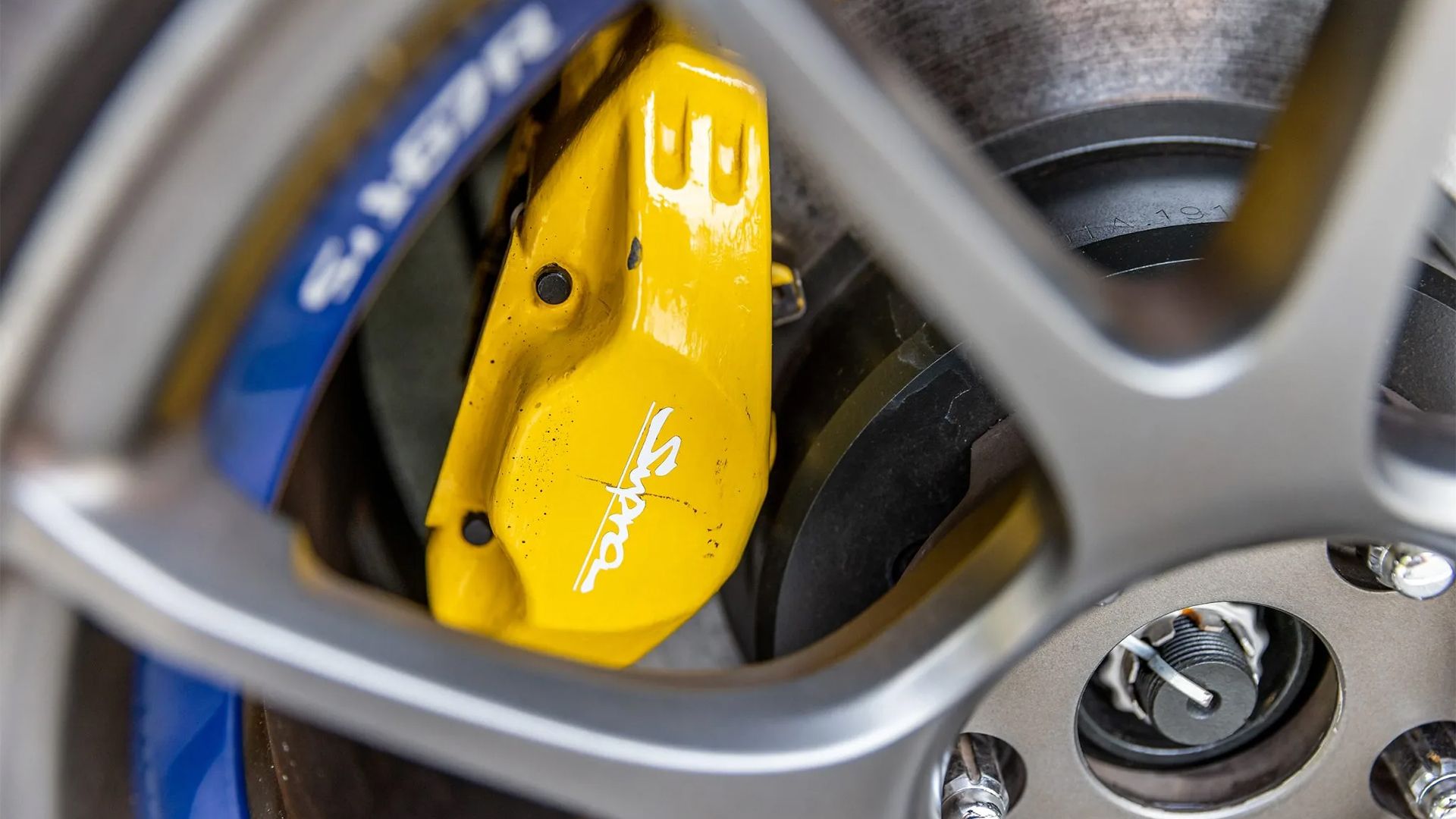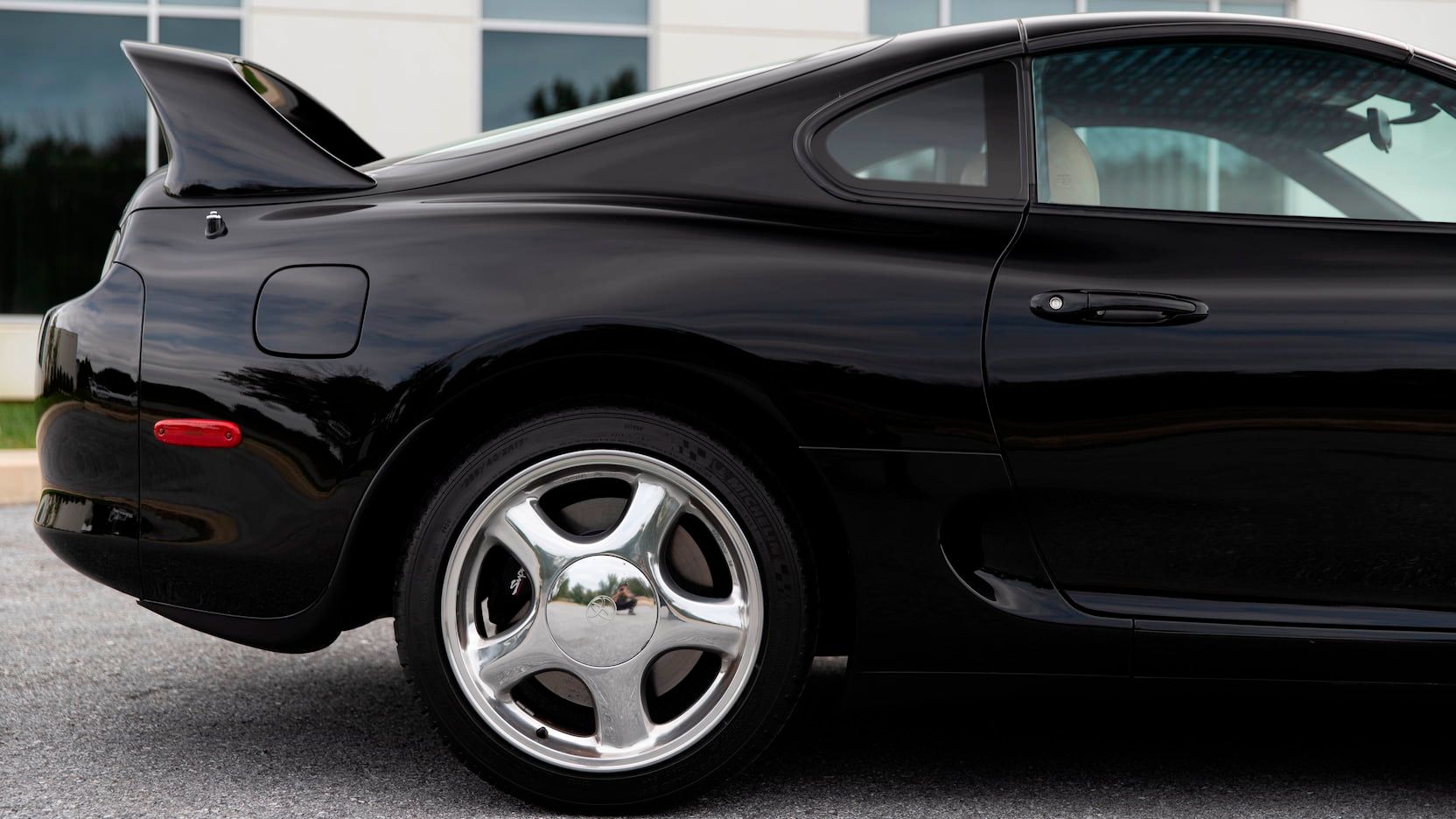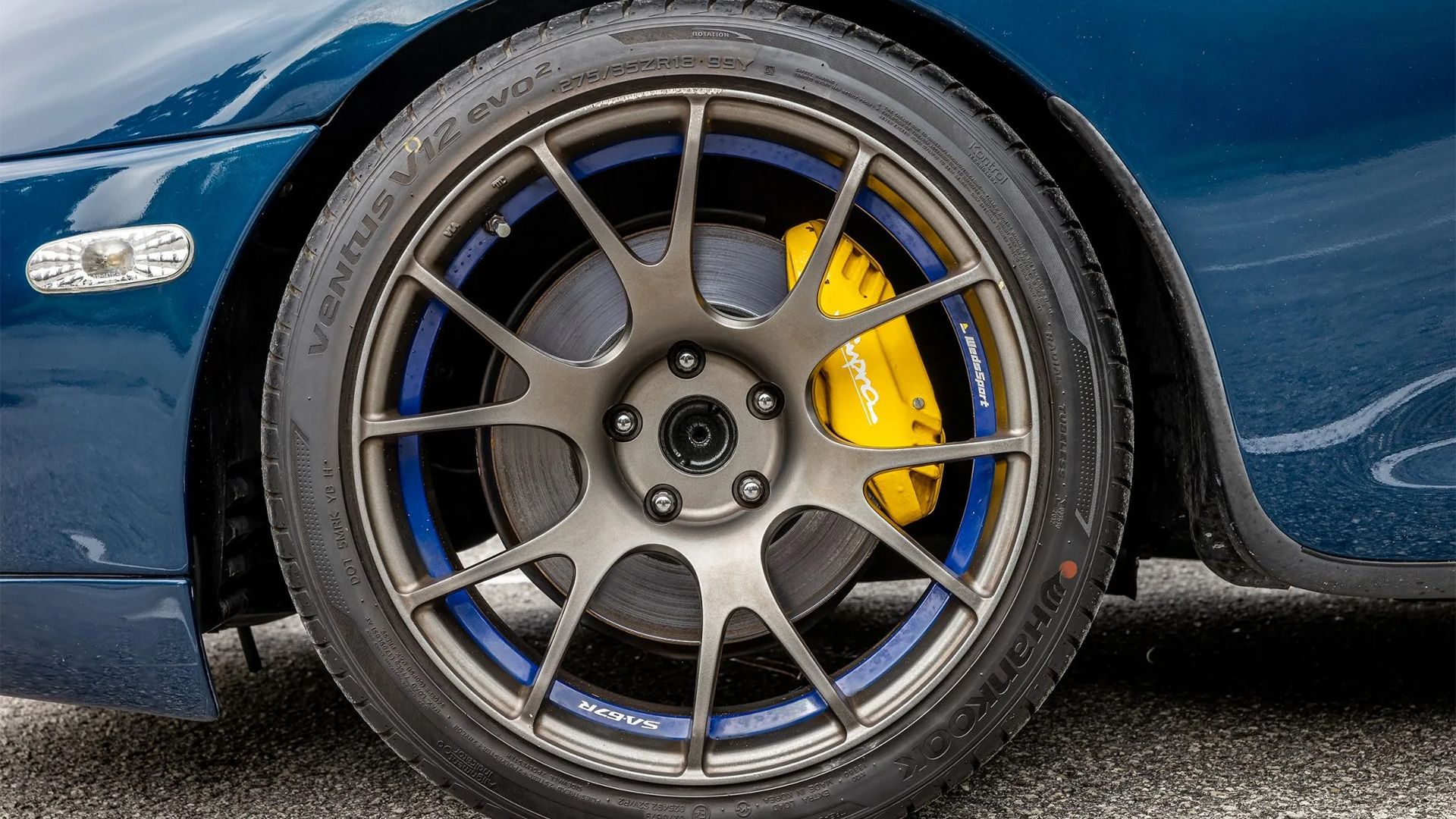Back in the old days, the Toyota Supra Mk4 used to be a relatively affordable sports car; however, this is no longer the case. As we are sure you are aware, prices for these old sportscars have gone through the roof, and buying one now requires a hefty amount of money. The reason for this insane price premium is mostly due to the car’s appearance in famous movies but also to the hidden turning potential that lies within these machines. Supras with upwards of 1000 horsepower are not uncommon which makes them incredibly valuable to people who love tuning cars.
Now, since this is an expensive car to get, you might want to start off with some simple and relatively cheap modifications (all modifications are expensive some are just cheaper than others) that will unlock some of the incredible potential this car has to offer. After all, this is one of the most famous tuner cars the world has ever seen, and it would be a shame to leave it as is. So, without further ado, let’s go over 10 relatively cheap modifications that will make your MKIV Supra much more fun to drive.
10 Help The Supra Breath Better With An Intake System Upgrade: $500 - $2000
Cars are like humans in the sense that they need oxygen to work. The way they get their oxygen is by sucking it in through the intake system which is essentially a piping network that usually runs from the front of the vehicle (since the air there is colder) and into the engine. Factory intake systems usually provide a balance between price, efficiency, and performance.
Achieving this balance usually means using smaller pipes that can be restrictive when chasing more power. Therefore, you can opt to upgrade your intake system to one that flows more freely which will provide the legendary 2JZ-GTE 3.0-liter six-cylinder twin-turbo engine with all the air it needs to produce maximum power. Oh, and you will also get some cool whoosh noises.
9 Exhale Better With An Exhaust System Upgrade: $1000 - $5000
Breathing in usually involves breathing out and once again, just like humans, this is also what vehicles do as well. Now, imagine trying to breathe in and out from a straw. You might be able to do it while sitting, but certainly not while running as you won’t be able to take in oxygen and breath out by-products quickly enough. A similar situation applies to a car's intake and exhaust system. Obviously, we have already addressed the intake, so it is now time for the exhaust.
Exhaust systems come with restrictive filters and smaller diameter pipes that reduce emissions and noise. However, this design also reduces power and increases exhaust temperatures as the engine can’t push out gases quickly enough. So, to avoid this, you can install a more free-flowing aftermarket exhaust which will free your engine’s breathing cycle; thus, unlocking more power.
8 Force More Oxygen In By Increasing Boost Pressure: $200 - $600
Once again, this modification revolves around air and oxygen. Along with fuel, oxygen is the most important aspect of producing more power; therefore, the uptake of it must be optimized. Now, on top of the intake and exhaust, we can also increase boost pressure. In case you aren’t aware, a turbo basically forces compressed air inside an engine which in turn leads to more oxygen in the cylinder and consequently – more power.
Factory turbos are tuned to balance fuel economy, engine longevity, and power; therefore, they are programmed to work at lower pressures. As you might have guessed, by increasing the turbo pressure we will be getting more power. In order to increase boost, however, we will need a boost controller which does exactly what its name suggests. It controls the boost and enables the tuner to add or subtract pressure according to the owner’s needs.
7 Provide Your Engine With Colder And Denser Air By Upgrading Your Intercooler: $500 - $1500
Yes, more oxygen-related upgrades. We told you this is important. Most turbo engines come with intercoolers from the factory. The job of that intercooler is to cool off the compressed air coming off the turbo and entering the engine. By cooling off the air we get increased oxygen density and lower cylinder temperatures which in turn lead to more efficient bangs and; thus, more power.
Intercooler upgrades are relatively cheap and easy to do. It is a matter of finding the correct size according to your needs and a spot to mount it. Why should you move away from the factory one? Well, for the same reasons we mentioned above. It isn’t as efficient as it strikes a balance between pricing, performance, and efficiency.
6 Change The Engine’s ECU Tune To Optimize Fuel And Oxygen Mixtures: $500 - $1000
Most modern engines use an E.C.U that electronically controls the oxygen and fuel mixtures within an engine to ensure maximum performance regardless of conditions. Now, when installing upgrades like the ones mentioned above, the E.C.U might need some tweaks that will enable additional fuel to enter the cylinders.
More oxygen without more fuel is damaging rather than helpful. So, the next step in your modification process is to take your Supra to a tuning shop. The specialists there will add more fuel while also optimizing mixture settings to ensure you get the most power possible out of your new modifications. Keep in mind that ECU tunes can also be done on completely stock engines, and they usually yield good results.
5 Keep Your Engine Cool With Cooling System Upgrades: $500 - $1000
More power usually leads to more heat and that heat needs to be managed or else, your engine will be destroyed. The temperature of an engine is regulated via the thermostat and radiator. The thermostat opens and closes according to water temperature while the radiator cools the coolant flowing through it. When pushing more power, or when driving aggressively for prolonged periods, the factory radiator may not have the capacity to cool down the coolant enough; therefore, leading to heat management problems.
To avoid these issues, you can install a larger and more efficient aluminum radiator that provides better airflow and more coolant capacity. Along with that, you can also install more efficient cooling fans that will suck more air past the fins of your new radiator; thus, keeping the coolant temperature where it needs to be.
4 Have More Fun With Better Suspension: $1000 - $5000
Now that we are done with the engine compartment, it is time to move to suspension. The Supra’s (and all vehicle suspension systems) suspension is tuned to strike a balance between a soft ride and flat handling. However, this usually means having softer springs and dampers that lead to body roll in the corners. Body roll isn’t fun, and we want to avoid it.
The best way of doing so is to install stiffer springs and better dampers that eliminate roll by being stiffer and by reducing the vehicle’s center of gravity. This will obviously have an impact on ride quality; however, this is the price to pay for better cornering. If you want to take it a step further, you can also opt for thicker sway bars and polyurethane bushings that will make your Supra handle even nicer.
3 Your Supra Needs To Stop Somehow: $1000 - $5000
More power and better handling leads to more speed and more speed needs better brakes. The factory Supra brakes aren’t bad; however, they are now pushing 30 years of age and they won’t be able to stop a more powerful vehicle efficiently. Since the Supra is an incredibly popular tuner’s car, there are plenty of brake upgrades out there. Depending on your budget you can choose expensive or relatively cheaper ones.
However, make sure you do your research on the system's performance via reviews of previous owners. The last thing you want is to upgrade the brake to a system with worse performance. Not that brake upgrades usually involve more powerful calipers and vented disc brakes that cool down more efficiently. Just upgrading the discs doesn’t make much of a difference in stopping power.
2 Make Your Supra Lighter: Free Or Incredibly Expensive
This modification is one of the best ones as it is highly effective and free. However, it isn’t for everyone as removing weight involves striping your interior. This is mostly for people who would like to get serious about track days or drag racing. In case you are interested in doing this, you can start off by removing sound deadening, carpets, seats (not the driver’s), and even the dashboard.
In case you don’t want to do that to your Supra (and we don’t blame you) you can remove weight the expensive way. This involves changing panels like the hood for carbon fiber ones and installing lighter bumpers, seats, and other components that remove unnecessary weight without the large side effects of striping your whole car.
1 Get Light-weight Wheels For Better Handling An Acceleration: $1500 - $3000
Why are lighter wheels not included in the previous section? Well, because removing weight from your car's wheels has a much more pronounced effect that disserves a section of its own. Lighter wheels reduce unsprung weight which refers to weight that isn’t supported by the car's suspension. Unsprung weight can only be reduced by installing lighter tires, wheels, or brakes. Reducing unsprung weight will lead to better ride quality, better handling, better acceleration, and less wear on drivetrain components.
This is due to the fact that the suspension system has less direct weight to control; therefore, it can do a better job of coping with imperfections in the road. Also, the reduction in drivetrain wear comes from the fact that all mechanical components need less effort to turn the lighter wheels. Of course, these effects can also be had just by removing weight from other components of the vehicle. However, removing unsprung weight has much more pronounced results.

